Published: Mar 26, 2019
Updated: Oct 11, 2024
“Animals are happier when they are in their natural habitat”. And mind over matter, it makes sense, just like a baby is more comfortable in his mother’s arms, or an adult thrives better in a social setting where he is comfortable. I first got attuned to this reality when I visited a Wild Life Sanctuary in Tasmania (Australia). Since I had that experience, I consider animal reserves and wildlife parks more authentic adventures compared to a day at the zoo. That being said, when I heard over the Bandia Reserve in Senegal, it was a no-brainer for me: I had to go at least once, before leaving the land of Teranga.
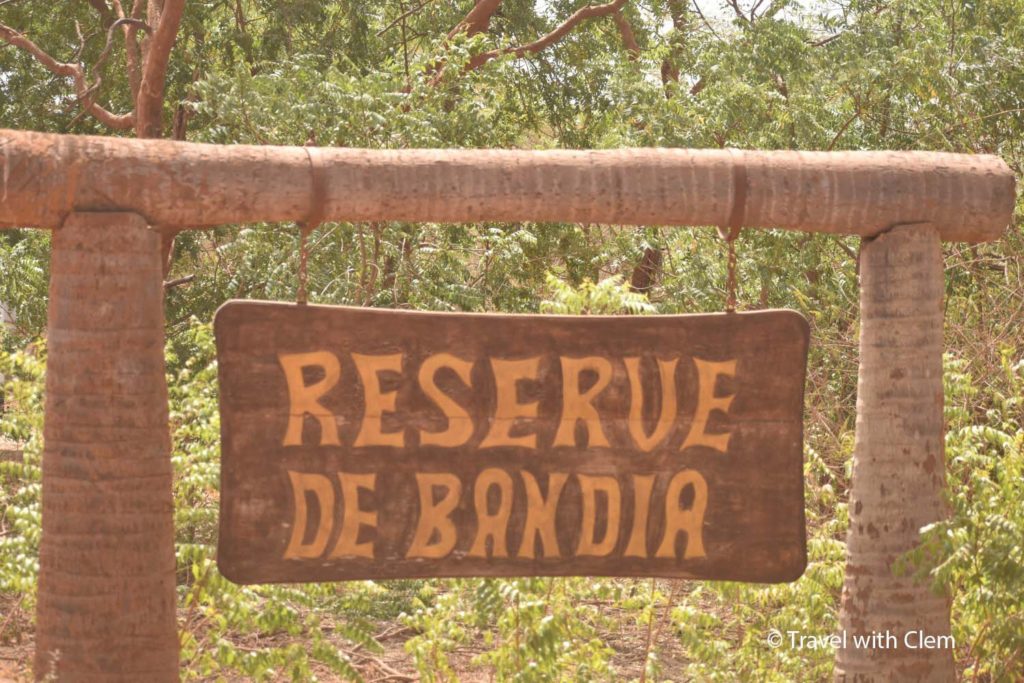
And for the sake of all the non-disposable cash I was prepared to spend for that experience, I prayed to God that it ended up being worth every dispensed note and coin.
Table of Contents
Getting to Bandia
I usually stay awake to enjoy the scenic rides. But this time around, it was mission impossible, because of my sleep-ridden eyes. (A loaded horse could have been running on the road just like Kangaroos do in Australia, but I wouldn’t have known). Aiming to get to the Bandia Reserve by 9:30 AM, we left the house around 8. “Most of the animals come out early in the morning or late in the afternoon”, I had read online while doing my traditional pre-adventure research. I was ready to test that hypothesis and make the most out of my first African safari experience in Senegal.
Private cars and tourist taxis stationed at the entrance of the Bandia reserve that early in the morning just confirmed the rumors: the Bandia reserve is really one of the sought-after tourist attractions in Senegal. As soon as we purchased our tickets, Fatou (our guide), introduced herself and followed us in our ride. The adventure was about to start…
The Fauna at Bandia
The Bandia Reserve in Senegal is a privately-owned tourist attraction located in Mbour, about an hour away from Dakar. The 40 Km wide natural park features a wide variety of herbivorous animal species. The only two carnivores are the hyena and the jackal. The former is kept in a cage for the safety威而鋼 of the staff, visitors and other animals. The jackal, on the other hand, is a nocturnal predator and is only visible at night. « Pour identifier les animaux dans la réserve, il faut avoir l’œil du chasseur », Fatou stated (to spot animals in the reserve, one must have a hunter’s eye).
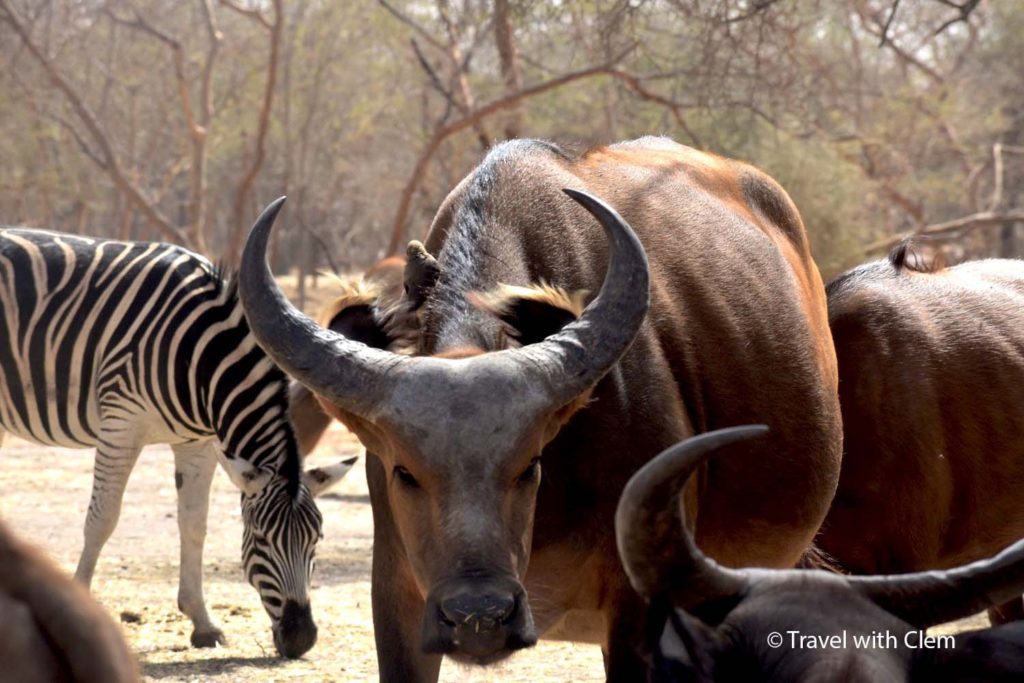
In as much as the Bandia reserve has a diversified fauna, it takes a lot of luck to be able to see most of them in one trip. Our taxi drove us throughout the park, following the tracks left by the 4x4s that had gone ahead of us, and following Fatou’s lead. The turtle’s sanctuary, where each visit of the Bandia reserve starts, was one of the two spots where tourists were allowed to get out of the vehicle and take pictures.
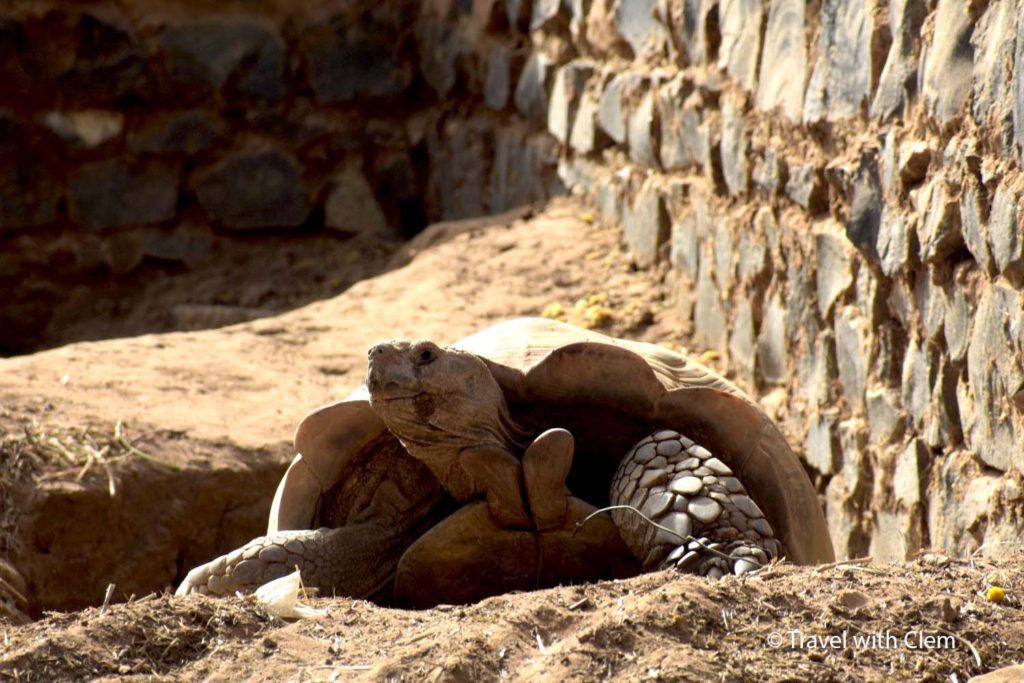
“Why”? I questioned, inquisitively. “These are the safest places, and we want to avoid accidents that had happened before”. It turns out that a long time ago, some overly inquisitive and borderline intrusive tourists had been attacked by animals at the reserve while trying to take “adventure-worthy” pictures. And when you think of it, it only makes sense that they wouldnot want to replicate an episode of the “woman attacked by a jaguar at an Arizona Zoo, while trying to take a selfie”.
Where Do they Come From?
“Most of them come from the Toubacouta Park in Senegal, as well as from South Africa”, Fatou explained. Animal handlers and veterinarians travel with them, ensuring that they are sedated for long enough until their arrival at the Bandia reserve. Once they get there, the staff would awaken them, and keep them in a secure and enclosed space where they feed and care for them. They remain in that space until they are fully acclimatized to the environment: this includes being comfortable and able to recognize human voices, engine voices around the park, as well as learning how to cohabitate with the other animals.
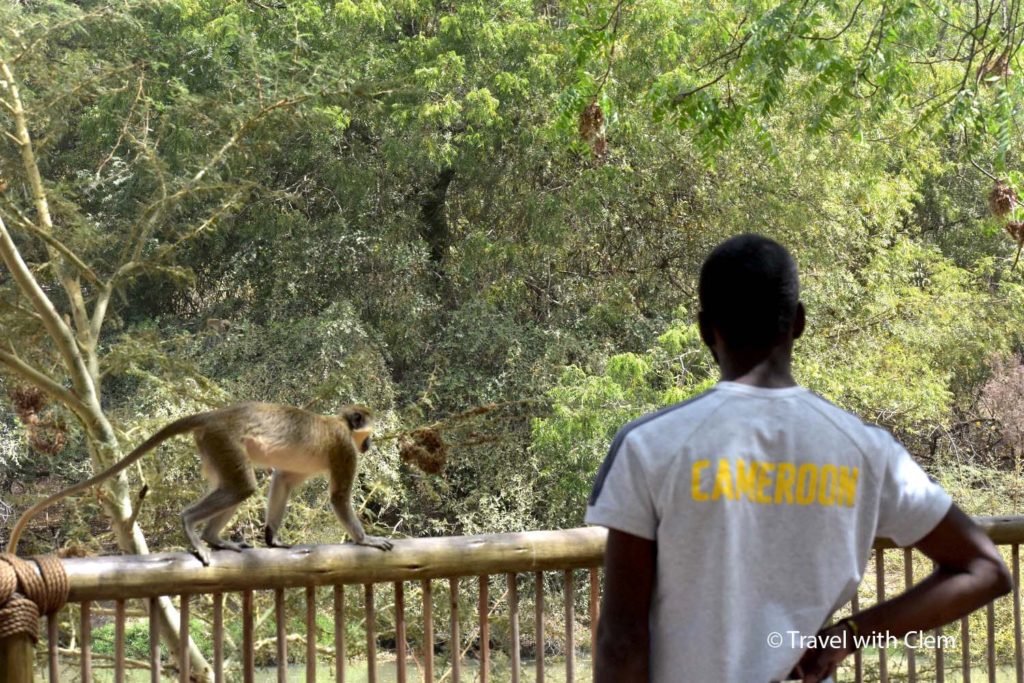
“How do you know when they are ready to just get out there?” I questioned, inquisitively. “Our bosses usually know, and they let us know”, Fatou responded. Our journey continued, enlivened by Fatou’s dynamic and knowledgeable commentary in between our incessant (and encouraged) stops for pictures. As we met other tourist along the road, Fatou made sure to give their guides tips on how to spot x or x animal.
Highlights of my experience at the Bandia Reserve in Senegal
One of the highlights of this African safari experience was learning random facts that I would have not sought otherwise. For instance, the skin marks of a giraffe darken with age. Giraffes have 4 feet, but when they walk and run, the two feet on the left move together. The same applies to the two feet on the right. A baby rhino weighs 80 times more than a human baby at birth. Differentiating a female turkey from its male counterpart is quite easy.
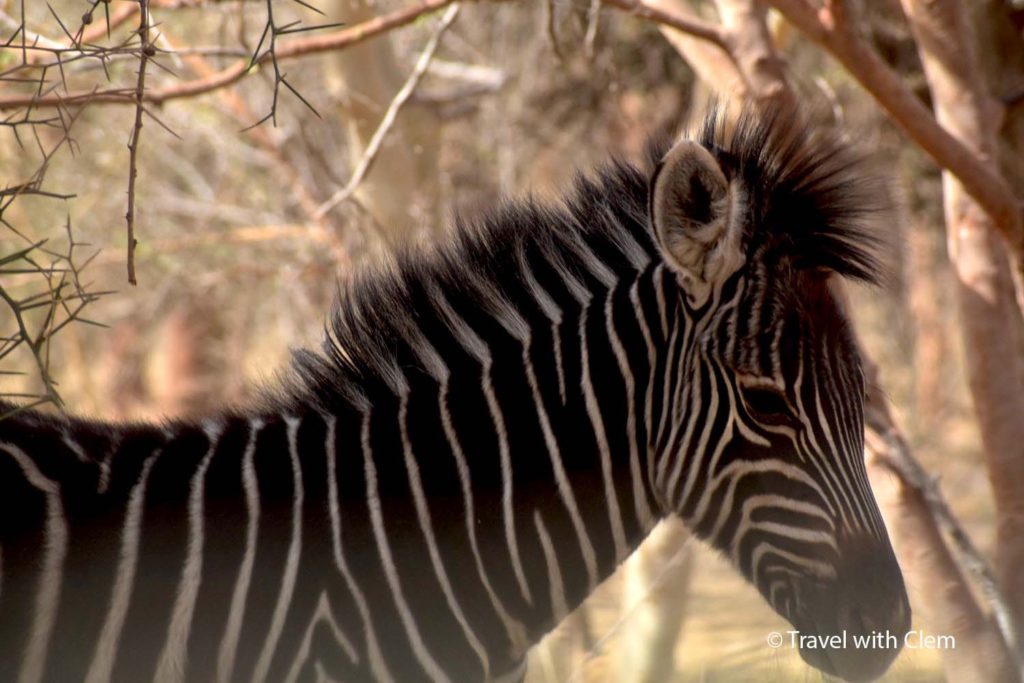
Another highlight of this first African safari I had, was the ability to see this fauna in real life. The last time I went to a zoo or wild life park was in high school. No, scratch that: I visited wild life sanctuaries when I was in Tasmania and Western Australia. My point is, some of these animals I had never seen, and others, I had not seen in 10 years. So, it felt satisfying to be able to encounter these animals in their semi-natural habitat at the Bandia reserve.
Finally, the crocodile pond was pretty epic, and seeing them jump out of the pond for their food was pretty scary!
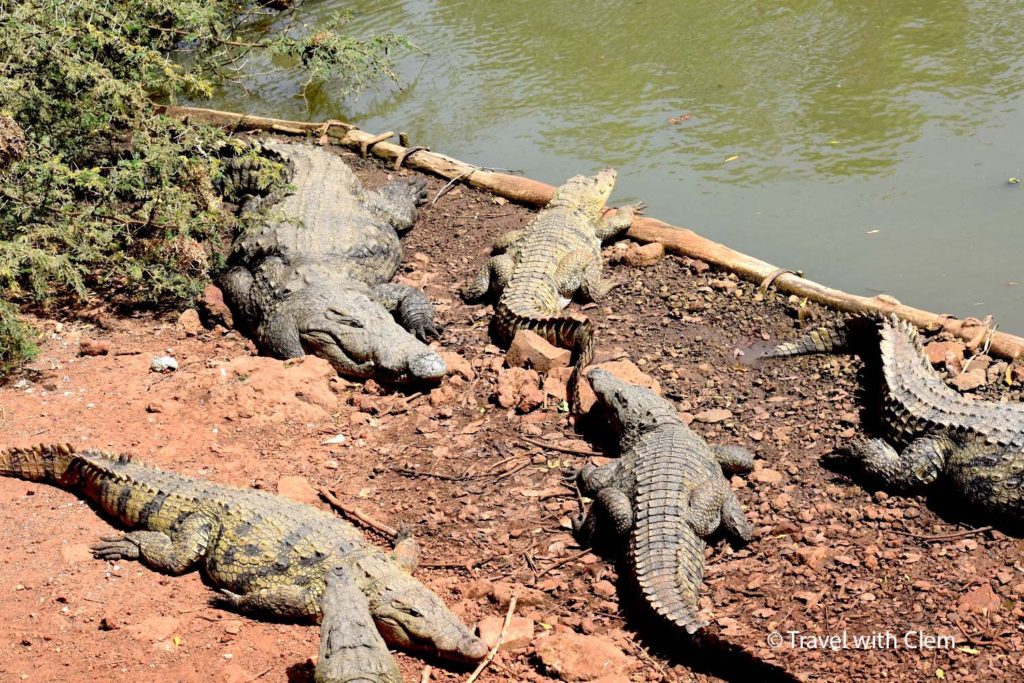
Can you see these teeth? Can you see how dominating the lead crocodile is? Let the records reflect that I made sure to secure my phone and camera very well. Had they fallen over the fence, I would not have gone for them. End of story.
Let’s Talk Money: Is the Bandia Reserve worth it?
Here is a breakdown of the cost of visiting the Bandia reserve in Senegal:
- Adults: 12 000 F cfa = 21 USD/18,5 €
- Children until 12 years old : 7 000 F cfa = 12 USD/10,5 €
- Use of an outside vehicle (personal, taxi, car): 10 000 Fcfa = 17 USD/15 €
- Safari truck rental with up to 11 seats: 40 000 F cfa = 69 USD/61 €
- Safari truck rental with up to 25 seats: 60 000 F cfa = 104 USD/91 €
- Tour Guide : 6 500 Fcfa/vehicle = 11 USD/10 €
Here is what we end up spending:
- Here is what we ended up spending (2 adults):
- Entry price: 21 USD x 2 = 42 USD
- Use of our own cab: 17 USD
- Gas (for our own cab):60 USD (goes back to almost the same price as renting a safari at the reserve)
- Tour Guide: 11 USD
Total: 130 USD (65 USD per person).
I think the experience is worth it. However, the ticket price should include the use of the safari truck. The reserve is not located downtown, it is an hour away from the city. This means, the average tourist already needs to spend on getting a cab to get there.
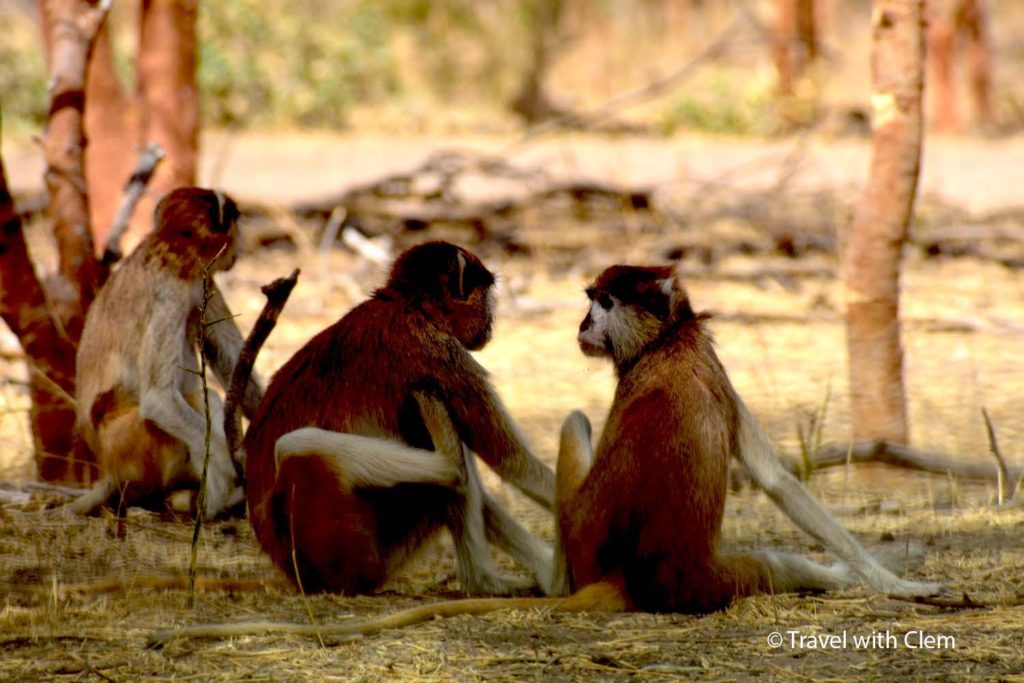
PRACTICAL INFORMATION BEFORE VISITING:
– Cab ride from Dakar: takes about 1h-h30. Cost: 25 000 (we paid 35 000 since we also visited the Lac Rose)
– Taking pictures: you only go down at specific stops
– Taking a guide is mandatory: the tour takes place in a jeep (provided by the reserve) or in your private vehicle. However, a tour guide is mandatory to drive through the reserve, as they know the roads and the best areas to spot each animal.
Bandia Reserve: The Image Gallery

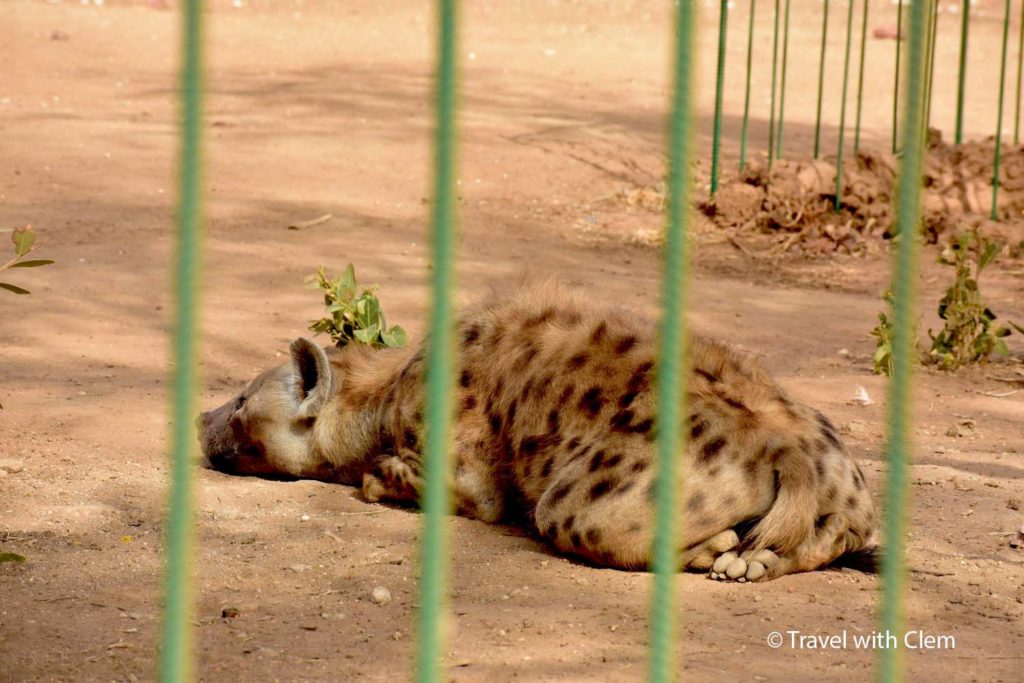

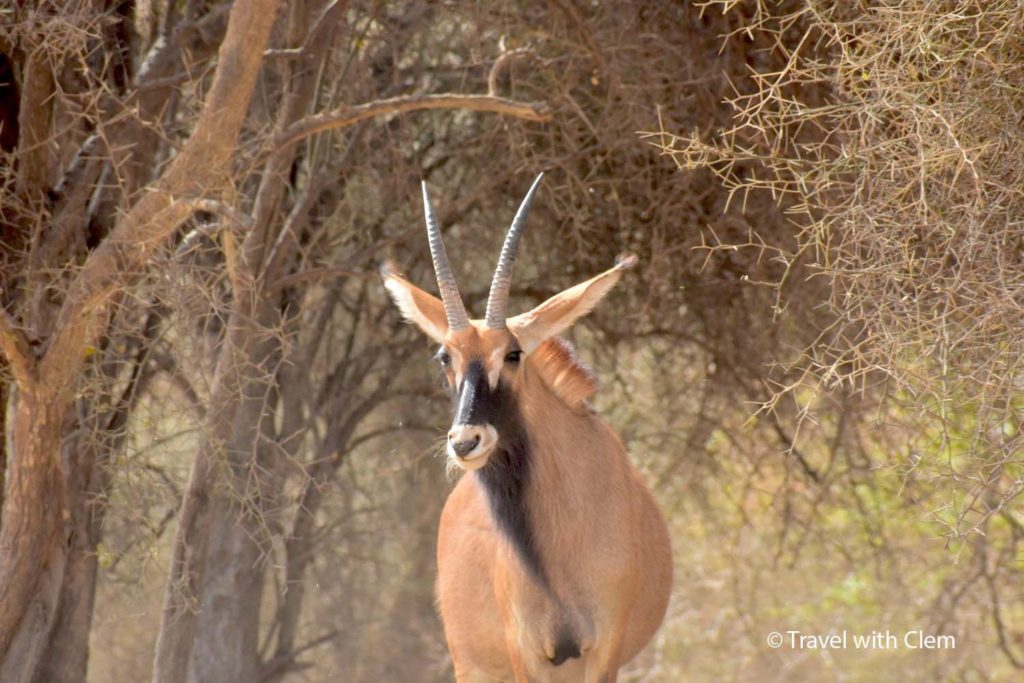
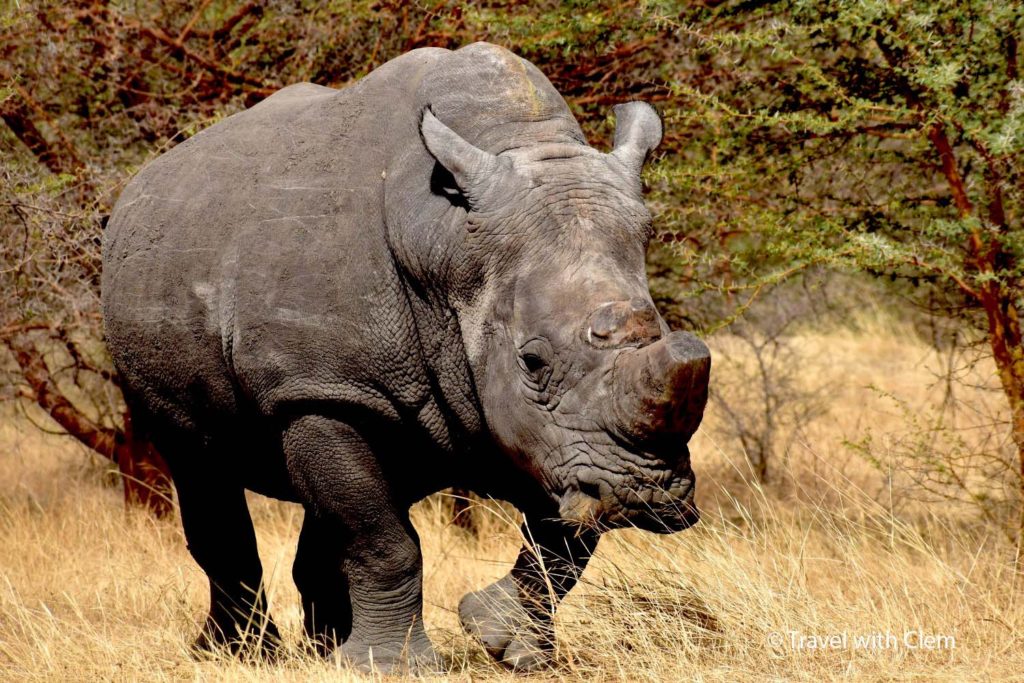
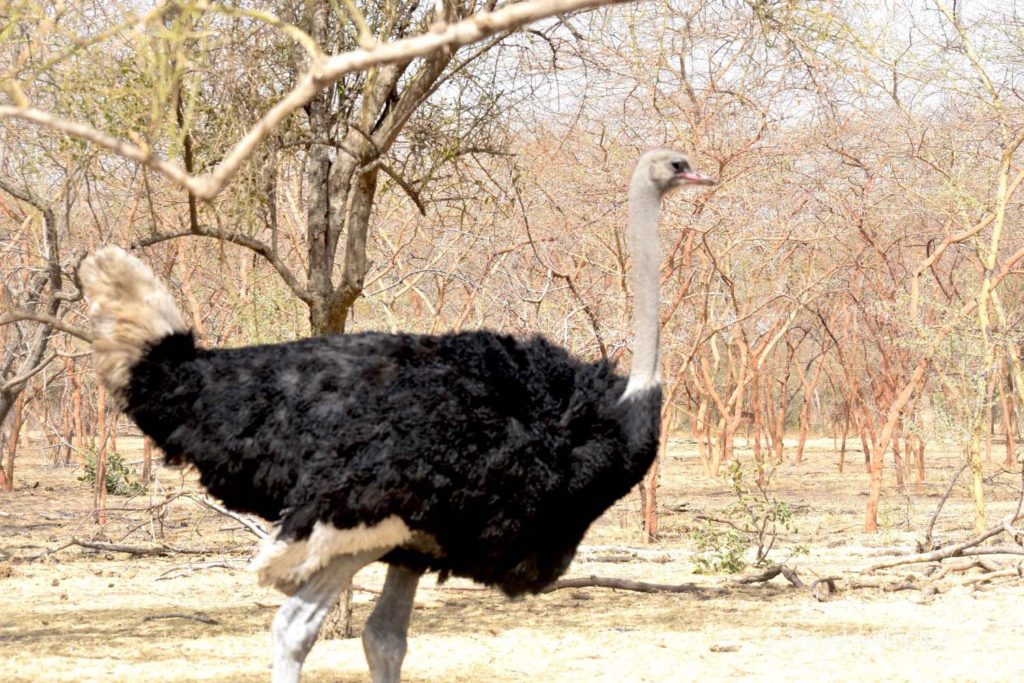
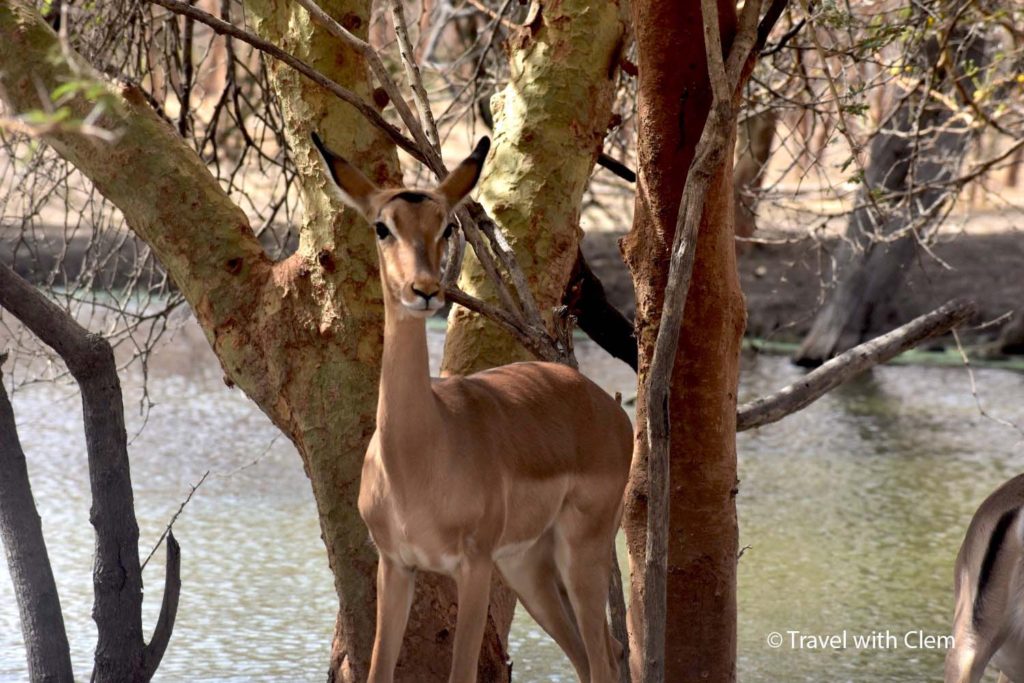
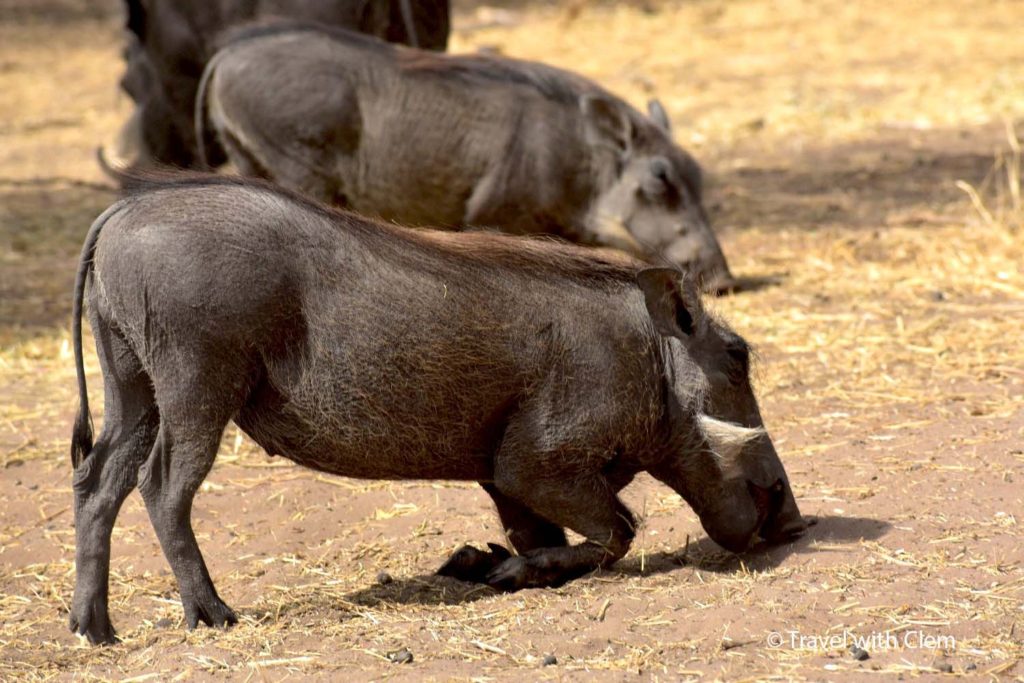
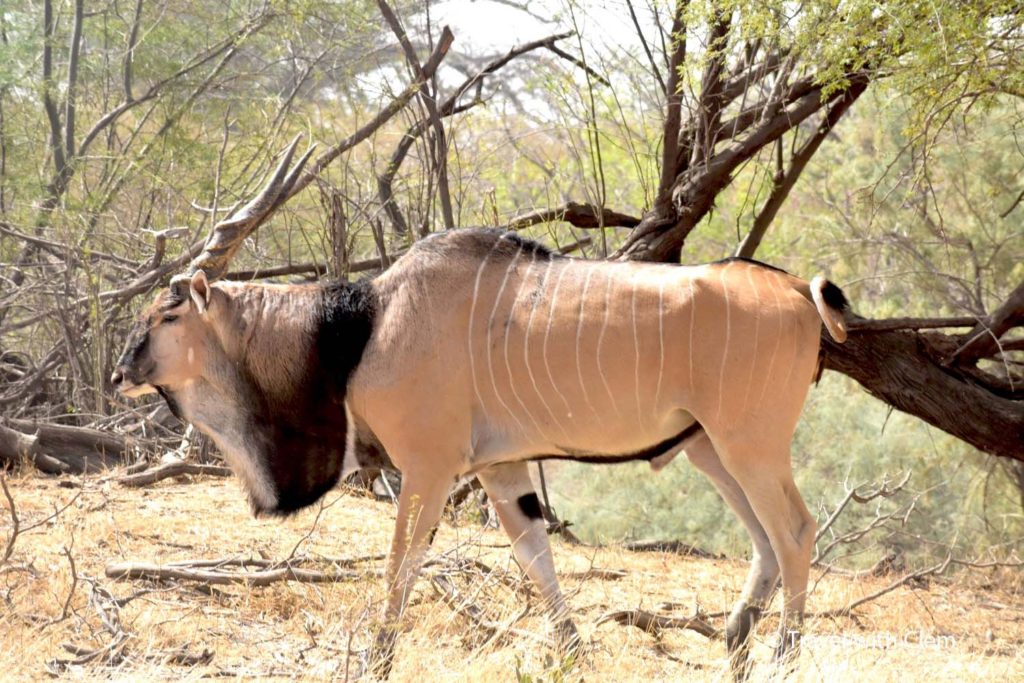
Leave a Reply